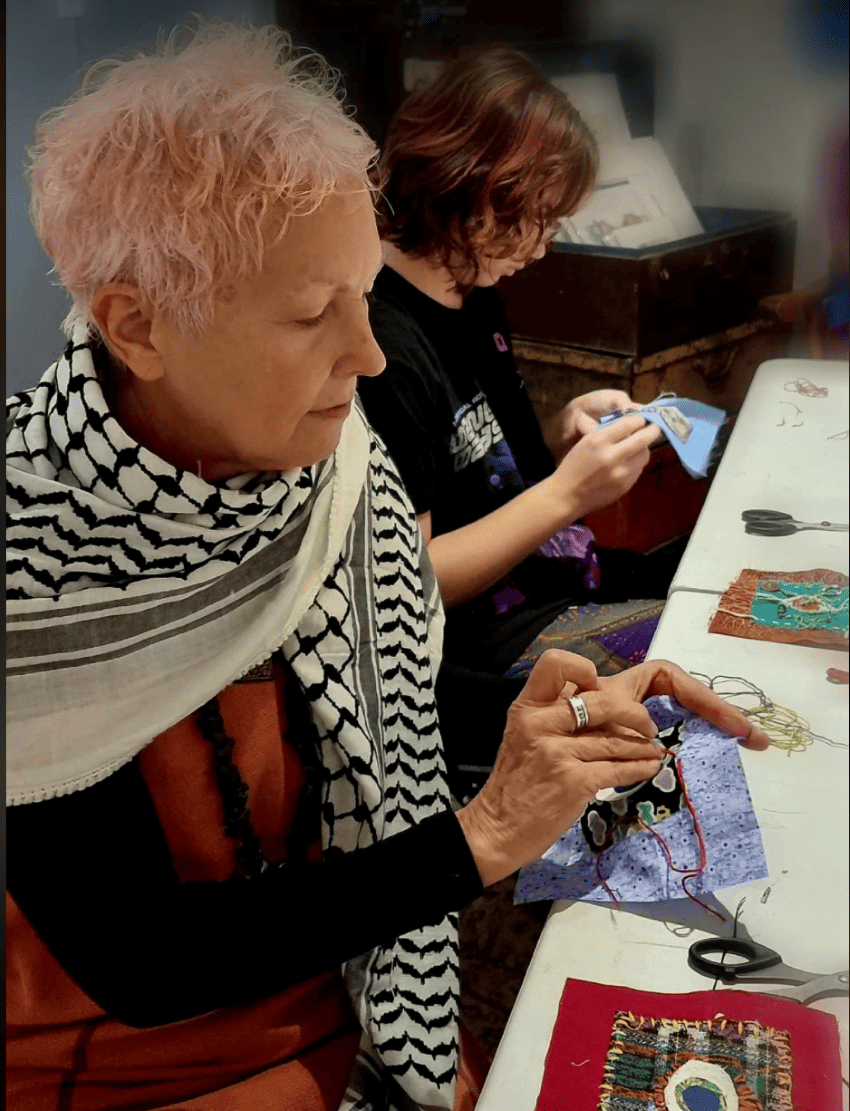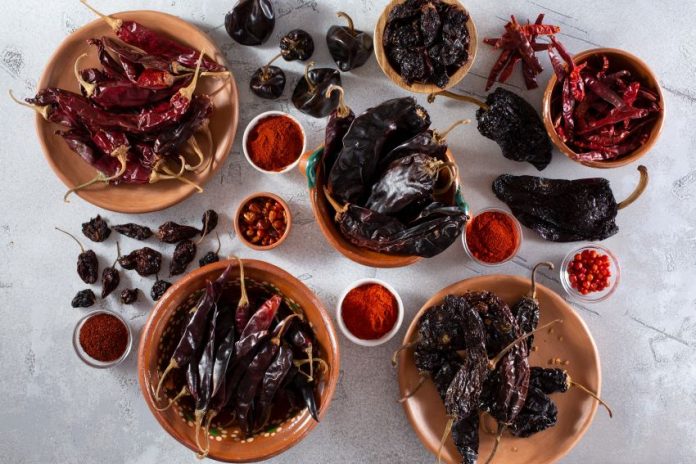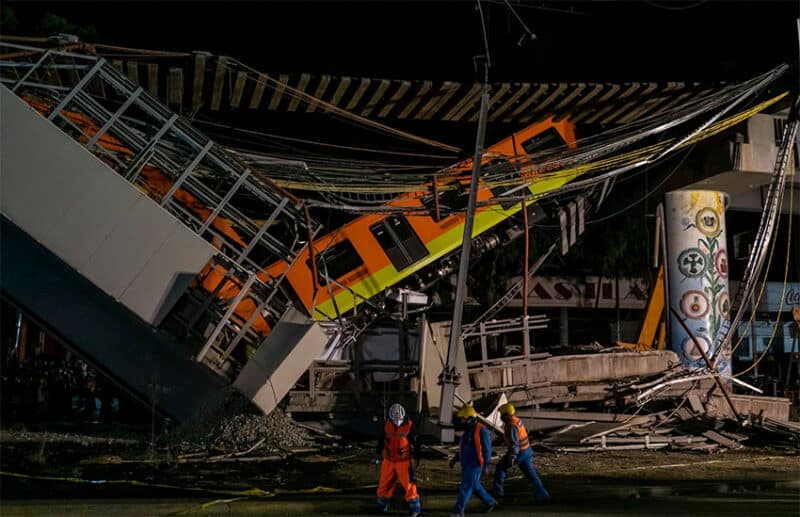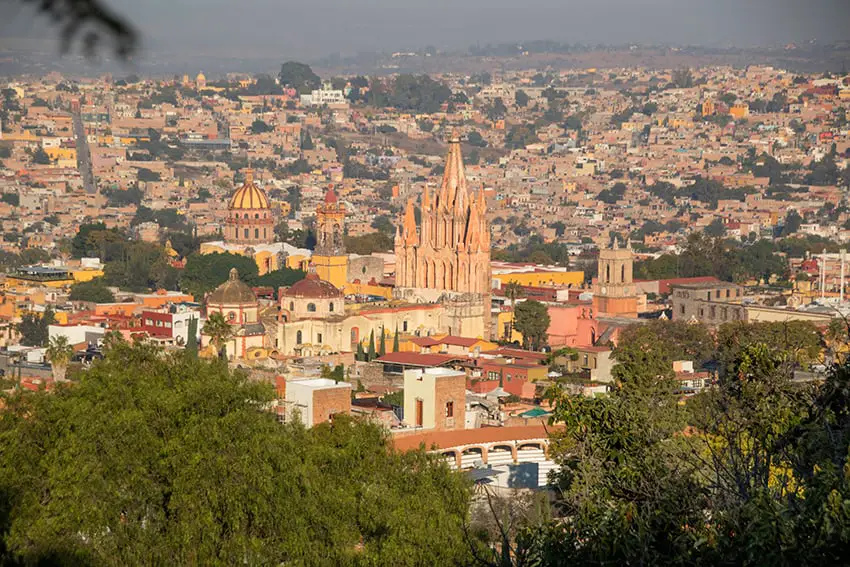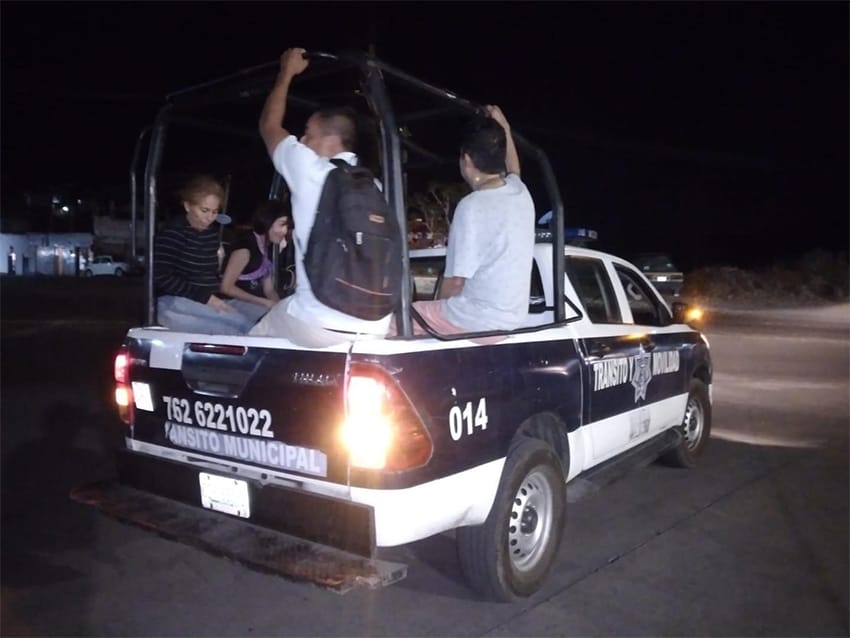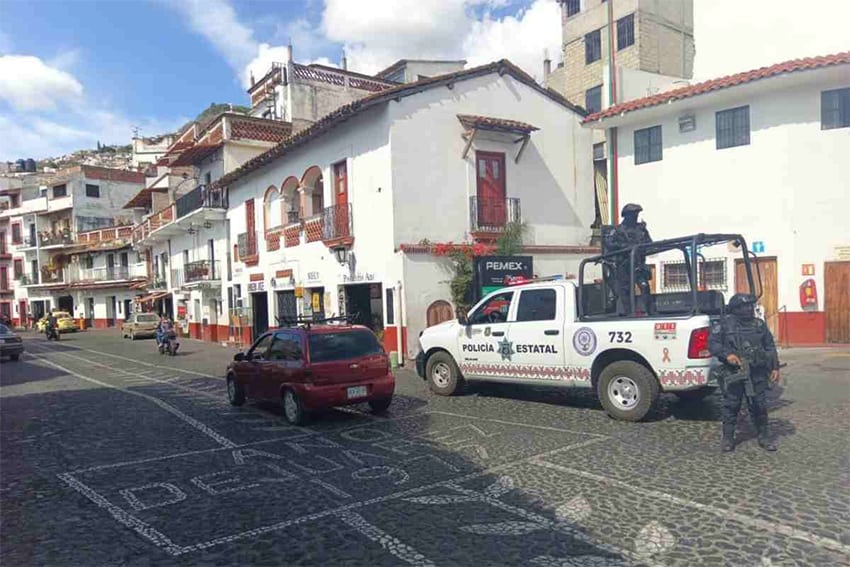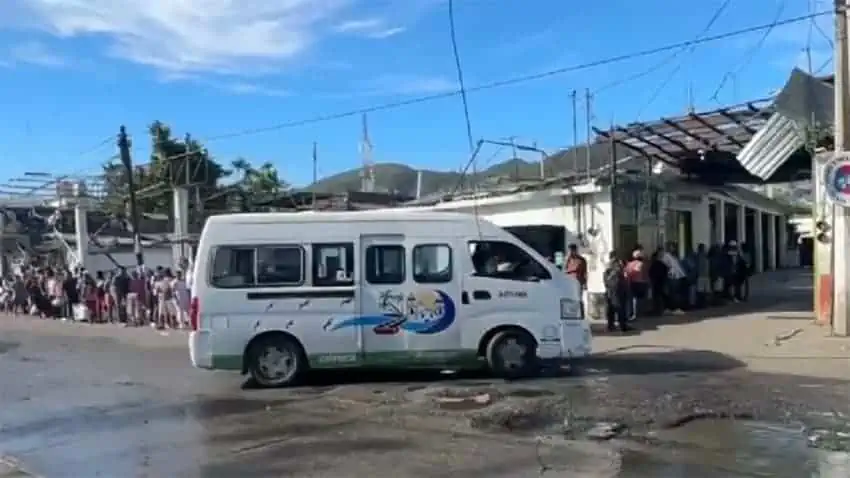Almost 30 years after the assassination of Institutional Revolutionary Party (PRI) presidential candidate Luis Donaldo Colosio Murrieta at a political rally in Tijuana, the case is back in the spotlight after the Federal Attorney General’s Office (FGR) revealed that it formally accused a former federal agent of firing one of two bullets that struck the 44-year-old politician on March 23, 1994.
The FGR alleges that Jorge Antonio Sánchez Ortega, formerly an agent of the now-defunct Center for Investigation and National Security (CISEN), was the “second shooter” in the assassination of Colosio, but the evidence it presented to a court earlier this month did not convince the presiding judge to issue a warrant for his arrest.

The only person ever convicted of the assassination — described by the El País newspaper as Mexico’s “Kennedy case” — is Mario Aburto Martínez, who in 1994 was a 23-year-old factory worker. Aburto — who will leave prison this year — confessed that he acted alone, but has said he was tortured into making the confession.
Millions of Mexicans doubt or outright reject that he was the mastermind of — or even committed — the crime. Most fingers instead point at the PRI: an inside job against a candidate who — in pledging “to lead a new stage of change” in a country where the same party had been in power for decades — was trying to shake things up a little too much and made some powerful enemies in the process.
Carlos Salinas de Gortari, president of Mexico when Colosio was killed, described accusations that he was involved in a plot to kill the PRI candidate as “completely false.”
The FGR also alleges that Genaro García Luna, a former CISEN official and federal security minister, was involved in a federal government cover-up. García Luna was convicted in the United States on drug trafficking charges last year and is awaiting trial.
The FGR’s case against Sánchez Ortega
The Federal Attorney General’s Office said in a statement on Monday that it presented evidence to a federal court judge three weeks ago that proved Sánchez’s “presence at the place of the homicide at the same time of the crime, when there was a difference of seconds between both shots.”
Colosio was shot in the head and the abdomen while at a rally in the poor Tijuana neighborhood of Lomas Taurinas. Sánchez had been assigned to provide security to the candidate, according to the FGR statement.
The FGR said that “all the evidence” it presented to the court, “and especially the blood tests,” prove that Colosio’s “blood type” was found on Sánchez’s clothes.
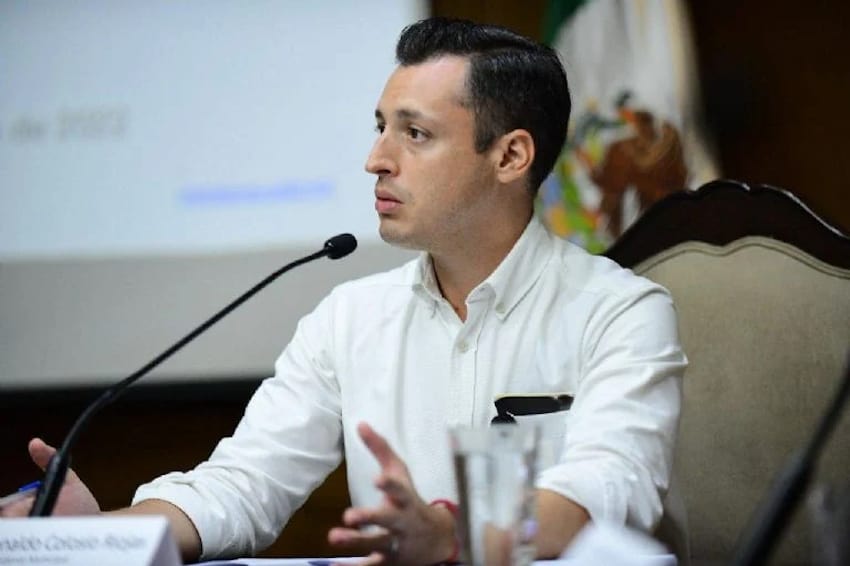
The results of sodium rhodizonate tests — which detect lead, including vaporous lead in the form of smoke — show that the accused “fired a gun,” it said.
The FGR also said that “a large number of [witness] testimonies” place Sánchez at the scene of the crime, “from which he fled.”
The same testimonies “deny that he helped transport the victim” to hospital, it added.
In addition, “a good number of testimonies confirm [Sánchez’s] arrest while he was wearing clothes stained with the victim’s blood,” the FGR said.
“… It is also duly proven that the CISEN of the Interior Ministry sent the accused to the scene of the crime” and subsequently got him out of Tijuana “urgently and surreptitiously,” it said.
The FGR said that García Luna — a CISEN deputy director at the time of the assassination — was “directly linked” to “a clear criminal cover-up” and was the person who “rescued” Sánchez from Tijuana after he was held in custody for less than 24 hours.
The FGR hits back at AMLO’s least favorite newspaper
The Reforma newspaper reported Monday that Judge Jesús Alberto Chávez Hernández refused to issue a warrant for Sánchez’s arrest because he concluded that the “only piece of evidence” the FGR has to “confirm a concerted action” between Aburto and the former CISEN agent is the statement of “a woman who is not reliable because she changed her testimony 25 years later.”

It said that Leticia Ortiz, a colleague of Aburto at a Tijuana plastic factory, told authorities in 1998 that a man visited Arburto at his workplace on three occasions shortly before Colosio was assassinated. She described the person to authorities to allow them to complete a facial composite, Reforma said.
The newspaper — which is frequently derided by President Andrés Manuel López Obrador as a mouthpiece of Mexico’s “conservative elite” — reported that Ortiz was summoned by prosecutors last year and was shown two photographs, one of which featured Sánchez. She “guaranteed without any doubt” that he was the man who visited Aburto in the factory “days before the assassination,” Reforma said.
In its statement on Monday, the FGR said that the witness to which “a newspaper” refers and whom the newspaper asserts provided “the only piece of evidence” for its case against Sánchez “was never at” the scene of the crime “and didn’t witness any of the events.”
Without mentioning it by name, the FGR accused Reforma of “hiding all the incriminatory evidence” in the court file on which its article is based.
Reforma did report that police arrested Sánchez minutes after the assassination and that “his white jacket was stained with blood.”
It also said that he tested positive when a sodium rhodizonate test was conducted.
The Federal Attorney General’s Office, known at the time as the PGR, didn’t proceed against Sánchez because he wasn’t in possession of a gun when he was arrested and the only firearm found by authorities at the scene of the assassination was that used by Aburto, Reforma said.
The newspaper also said that prosecutors are investigating Jorge Tello Peón, who was the director of the CISEN when Colosio was assassinated.
The FGR accuses the presiding judge of bias
The FGR said in its statement that Chávez “acted with clear bias, breaking the obligatory principles of evaluation and analysis of the large body of evidence” presented to him.
It asserted that the judge gave precedence to footage of Colosio being shot for the first time over the entire body of evidence it submitted. The second shot — allegedly fired by Sánchez — came from a “totally different angle” and for that reason is not seen in the video, the FGR said.
“And there is no video directed toward the area where … [the] second shooter was,” the FGR said, adding that the footage of the first gunshot “cannot favor, in any way, the person responsible for the second shot.”

Later in the statement, the Federal Attorney General’s Office said that the judge “went so far as to express personal views against the federal executive, which is completely unacceptable in proceedings of such importance.”
Chávez, demonstrated that “political crimes,” just like cases of embezzlement “linked to previous governments” are “legally obstructed” to “prevent” justice from being served, the FGR said.
The autonomous government agency said it would appeal the judge’s ruling, “despite all these obstacles” to justice.
Where is Sánchez now?
According to Laura Sánchez Ley, a journalist who has investigated the Colosio case for years and wrote a book about it, Sánchez Ortega, now aged in his early 60s, no longer lives in Mexico.
If a warrant is issued for his arrest, locating him won’t be easy because he left the country, she said in an interview with Radio Fórmula without mentioning where he went.
Sánchez is not the first person accused of being the second shooter in the assassination of Colosio.
Othón Cortés Vázquez, who worked for the PRI as a driver, faced the same accusation, but the case against him was dropped in 1996 due to a lack of evidence.
AMLO weighs in
At his morning press conference on Tuesday, President López Obrador highlighted that García Luna is accused of involvement in a government cover-up of the assassination of Colosio. He has previously claimed that the conviction of the former security minister on drug trafficking charges is proof that Mexico was a “narco-state” when Felipe Calderón was president between 2006 and 2012.
López Obrador said that it is up to the FGR and “the judicial power” to ensure justice is served in the Colosio case, but stressed that no crime should go unpunished, and especially not one of such significance as the assassination of a presidential candidate.
“This is a state matter,” he said before responding to a request from Colosio’s son, Monterrey Mayor Luis Donaldo Colosio Riojas, to pardon Aburto.
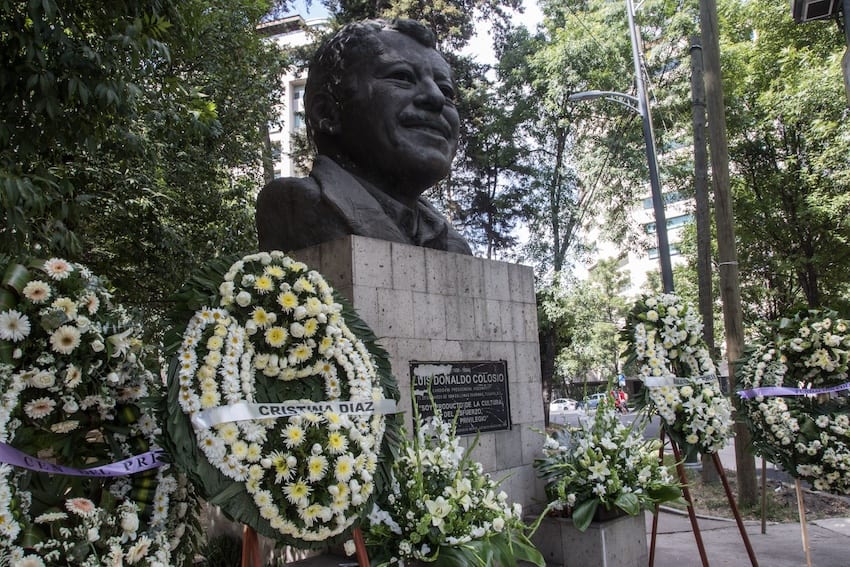
“I want to reply that I can’t do it. I know that neither [Colosio Riojas] nor his family want to know anything about this [crime], which was terrible, but it is, I repeat, a state matter and as far as I’m concerned, I don’t want the investigation to stop,” he said.
“… I have no intention to use such a regrettable situation for political purposes, … but it is important that there is no impunity if it’s a crime that, according to the Attorney General’s Office, has some relation to a state institution,” López Obrador said.
Late last year, he described the assassination of Colosio – who denounced corruption within the PRI, and almost certainly would have won the 1994 election – as a “state crime,” without offering any evidence to back up his claim.
A conviction against Sánchez — if he is arrested and the FGR manages to successfully prosecute its case against him — would likely give the president sufficient proof to support his allegation, although a conviction of a more senior member of the Salinas government would put his accusation beyond doubt.
Writing in the El Universal newspaper on Tuesday, columnist Javier Tejado Dondé asserted that the ultimate objective is to put Salinas himself on trial for the assassination of Colosio.
The FGR is “following a route in which it begins accusing lower level ex-officials” before “going up the hierarchical ladder to try to get to … the ex-president Carlos Salinas de Gortari,” he wrote.
With reports from El País, Reforma and SDP Noticias











